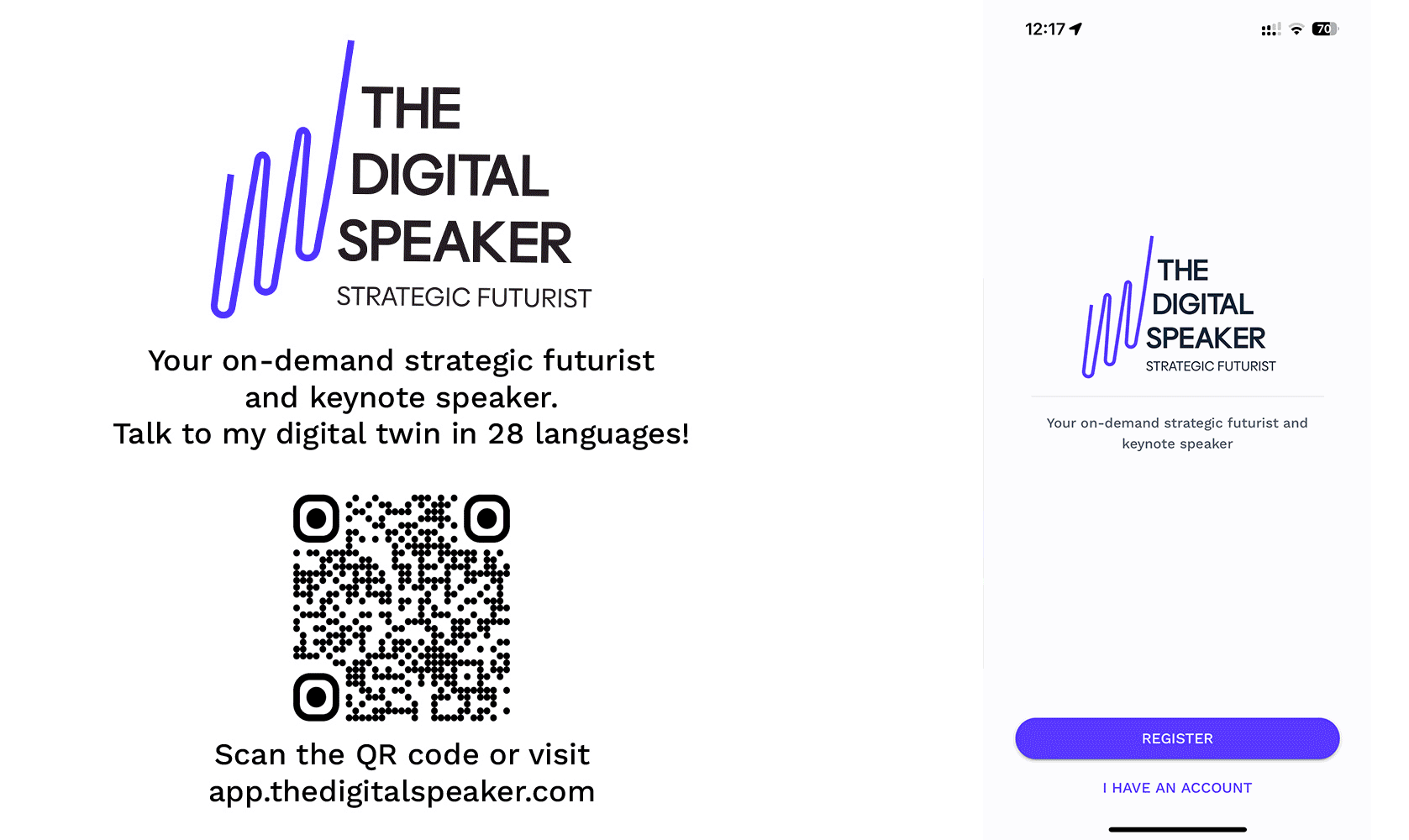The Silent Titan: China's Leap into Exascale Supremacy

China's latest technological marvel, the Tianhe-3 supercomputer, has catapulted the nation to the zenith of computational power, quietly eclipsing global counterparts with its staggering performance metrics.
Dubbed "Xingyi," this supercomputer, developed by the National University of Defense Technology, not only marks a continuation of China's prowess in supercomputing but sets a new benchmark with an estimated peak performance of over 2 exaflops. This feat is not just a number; it represents the Tianhe-3's capability to perform quintillions of calculations per second, a scale of computing power unrivaled on the global stage.
The intrigue surrounding Tianhe-3 extends to its processor, the Matrix-3000 (MT-3000), which embodies a hybrid architecture blending CPU and GPU capabilities with a sophisticated memory system.
This design mirrors the cutting-edge trends in supercomputing, pushing the boundaries of what's achievable within the realms of high-performance computing (HPC), artificial intelligence (AI) training, and big data analytics.
The Tianhe-3's architecture, suggesting a possible departure from traditional chip designs to a chiplet-based approach, raises intriguing questions about the advancements in semiconductor technologies and China's strategic maneuvering within this space.
As software developers grapple with the complexity introduced by such advanced systems, the development of a bespoke programming model for the Matrix-3000 underscores the challenges and innovations driving the future of exascale computing. This effort to streamline the utilization of Tianhe-3's capabilities hints at the broader implications for scientific research, AI development, and data-intensive applications, promising to unlock new horizons across various fields.
In the shadow of this colossal achievement, one must ponder: How does this leap towards exascale computing by China influence the global discourse on technology, power, and the future of computation? As we stand at the precipice of a new era in supercomputing, the Tianhe-3 not only redefines the limits of technological progress but also invites a reflection on the collaborative and competitive dynamics shaping our digital future.
Read the full story on TechRadar.
----
💡 If you enjoyed this content, be sure to download my new app for a unique experience beyond your traditional newsletter.
This is one of many short posts I share daily on my app, and you can have real-time insights, recommendations and conversations with my digital twin via text, audio or video in 28 languages! Go to my PWA at app.thedigitalspeaker.com and sign up to take our connection to the next level! 🚀

If you are interested in hiring me as your futurist and innovation speaker, feel free to complete the below form.
Thanks for your inquiry
We have sent you a copy of your request and we will be in touch within 24 hours on business days.
If you do not receive an email from us by then, please check your spam mailbox and whitelist email addresses from @thedigitalspeaker.com.
In the meantime, feel free to learn more about The Digital Speaker here.
Or read The Digital Speaker's latest articles here.





